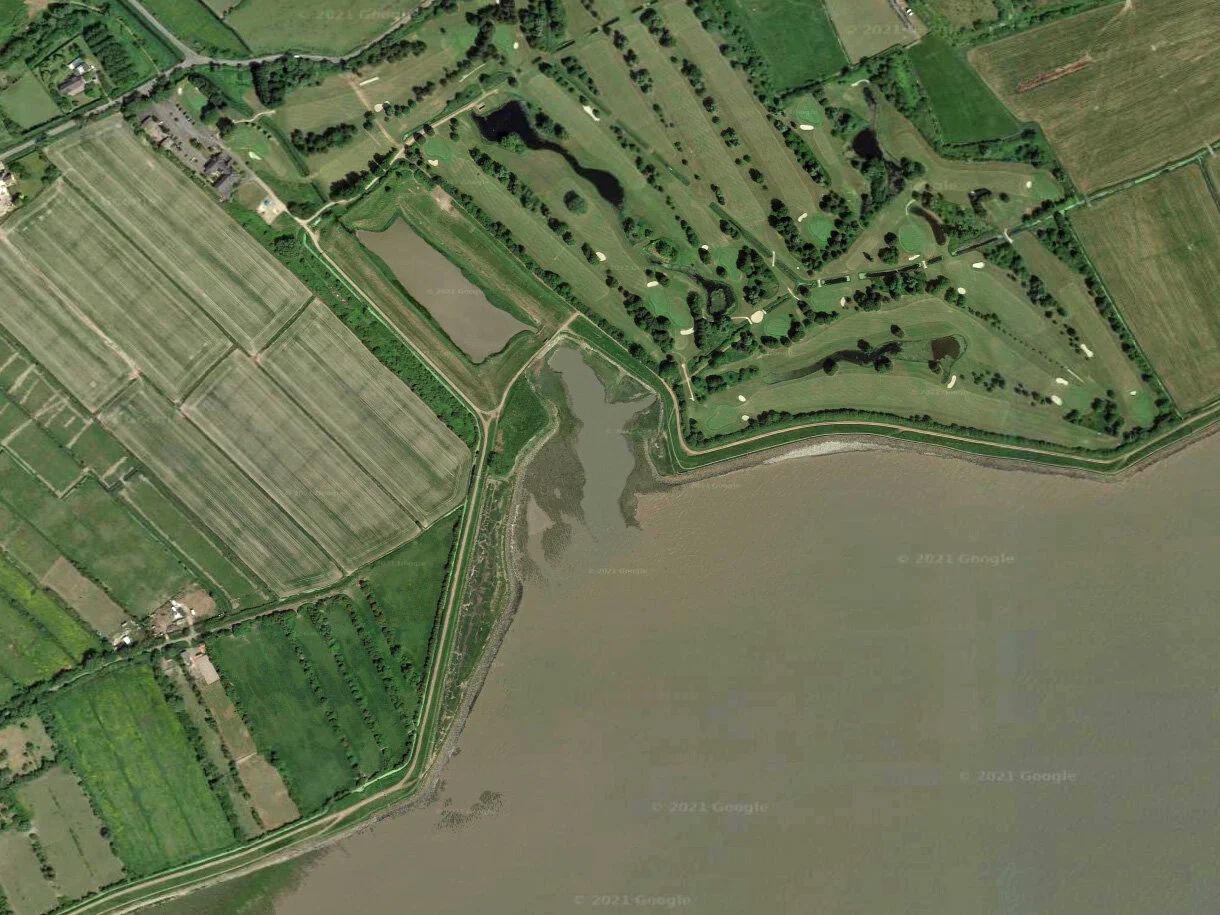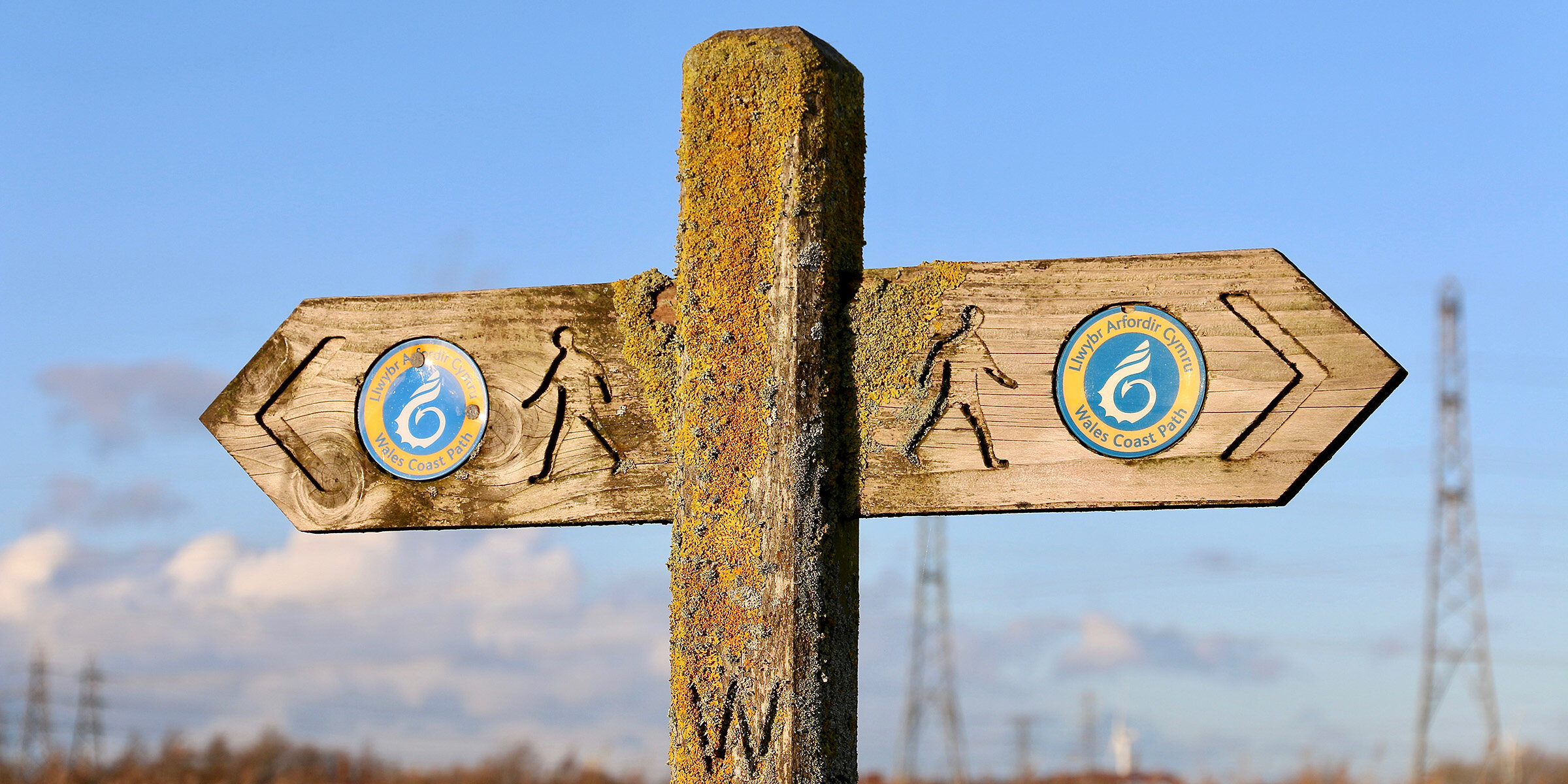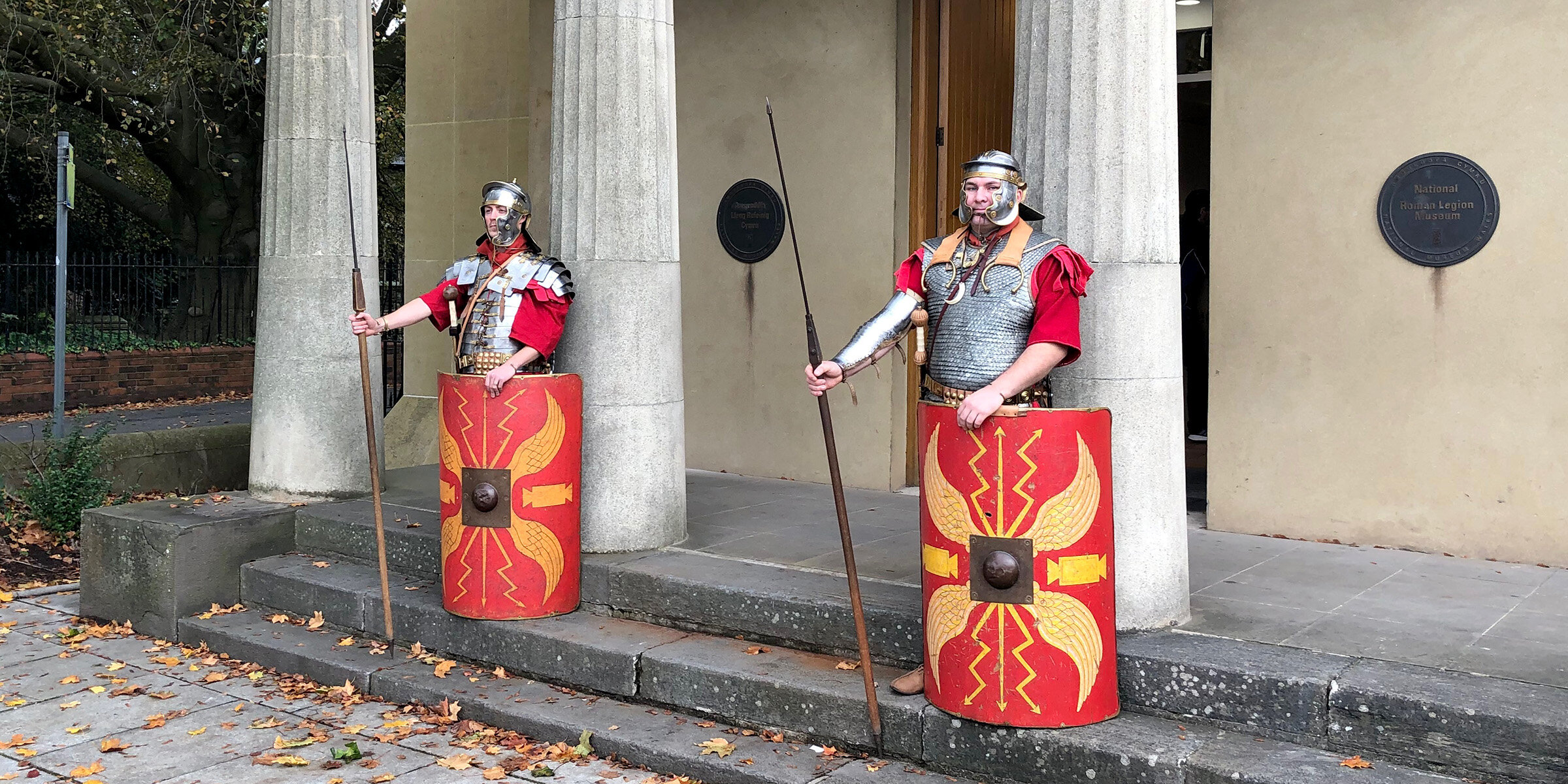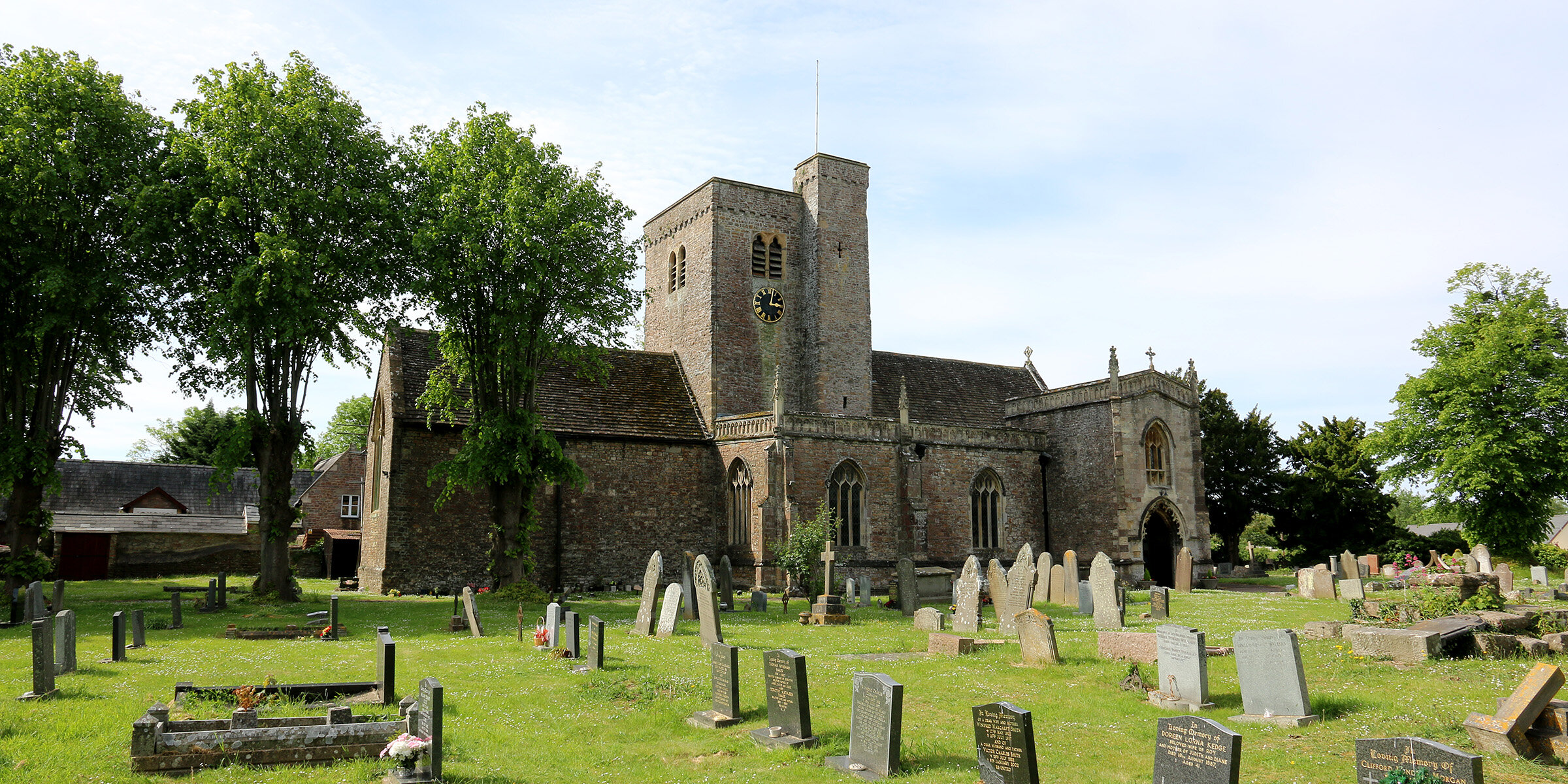The Research and Transcription Service (RATS) volunteers have been hard at work uncovering amazing archive information about the Gwent Levels. History RAT Cath Davis reveals all about an important feature of the Wentlooge Level.
Aerial view of Peterstone Gout (copyright 2020 Google)
Half a mile east of the former church of St Peter in Peterstone Wentlooge, Peterstone Gout, or Great Gout, is an important and interesting landmark on the Wentlooge Level.
Behind the golf course, a fresh water channel flows through the old harbour wall into a collecting lagoon before draining into the Severn Estuary via a tidal flap.
Lagoon behind Peterstone Gout (Leighton Baker)
The Romans were the first to establish an outlet at this point some 1,800 years ago, and the gout remains the main drainage point for the Wentlooge Level. Using their engineering expertise, the Romans reclaimed the tidal salt marsh and transformed it into fertile grazing by building sea defences and draining the land with ditches and reens.
Peterstone Gout (Leighton Baker)
This amazing feat of engineering means that even today the Wentlooge Level is drained by gravity alone. Fresh water from the bordering uplands and surrounding farmland flows through the flap at low tide.
As the tide comes in, it pushes the flap shut thereby stopping salt water flowing into the Levels. Fresh water builds up temporarily in the watercourses behind while the tide is in. As the tide recedes, the weight of the fresh water pushes the flap open thus allowing it to flow out into the Severn Estuary – a simple but effective process.
Peterstone Wentlooge Marshes SSSI
Tidal mudflats, Peterstone Wentlooge Marshes (Leighton Baker)
The area on the seaward side of Peterstone Gout is known as Peterstone Wentlooge Marshes. The area is protected as a Site of Special Scientific Interest (SSSI) and is noted for its bird life, attracted to the marshes by the abundant invertebrates found on the tidal mudflats.
Look for curlew, dunlin and oystercatchers, shovellers and shelduck. The marshes also attract raptors, including short-eared owl, peregrine falcon and merlin.
The area is managed by Gwent Wildlife Trust as a nature reserve. Follow the link below for more information.













